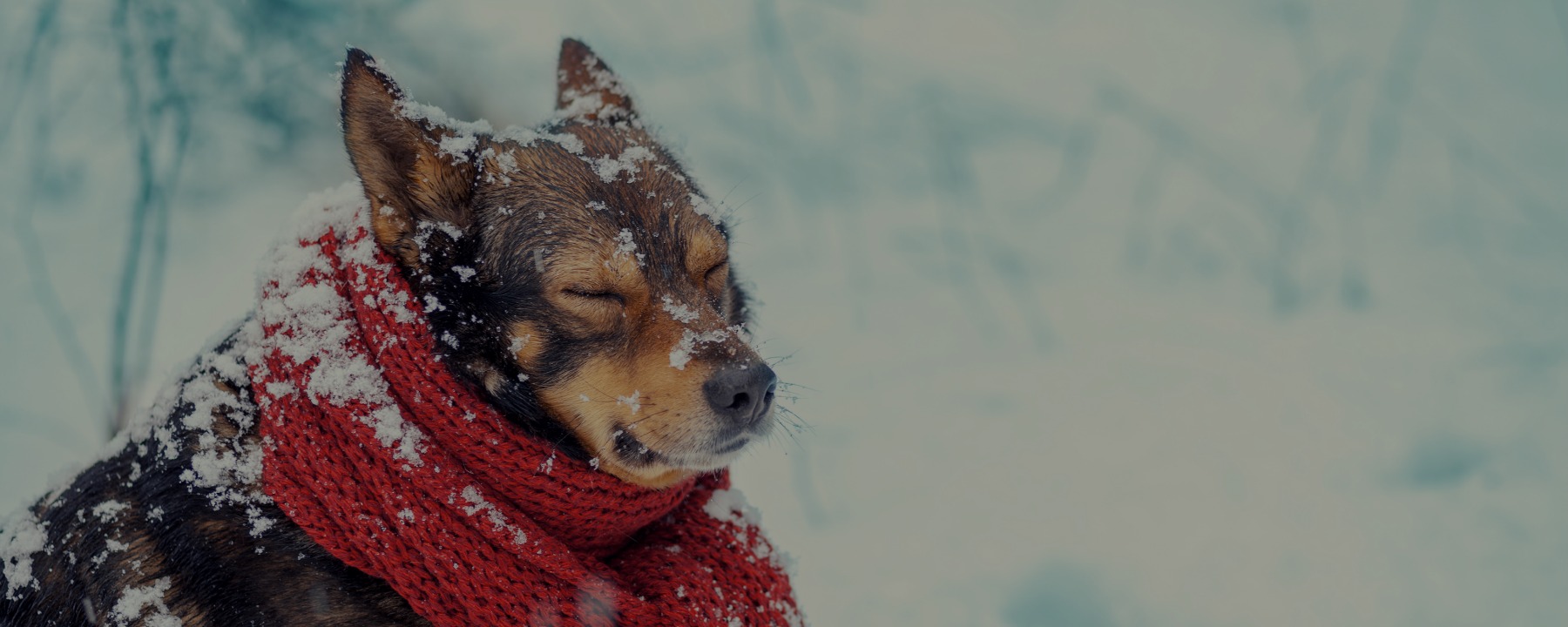While even the most adventurous cats are better off staying indoors during the cold winter months, dog-owners still find themselves venturing outside for their dogs. In the same way that you wouldn’t go for a walk outside or use the outhouse without putting on an extra layer or two, your pooch shouldn’t be expected to either! If you live in fairly cold conditions, even a Siberian Husky’s thick double coat won’t hold up 24/7 to keep them warm without adequate shelter away from strong winds.
Short-haired dogs need some more care when it comes to facing the winter weather, but you should be attentive of all dogs when it’s cold outside. If you’re out at the park with your dog and they look anxious or are seeking for places to burrow, you probably should make your way back indoors. Read on for 7 more tips on how to keep your pet warm this winter!
1. Go for walks when the sun is out
You may feel the urge to avoid going outside at all costs, but they need to get their activity and bathroom breaks in! If you can, take them for walks during the warmest time of day. Not only will they get the benefit of a warmer experience, but they’ll also get that healthy dose of vitamin D!
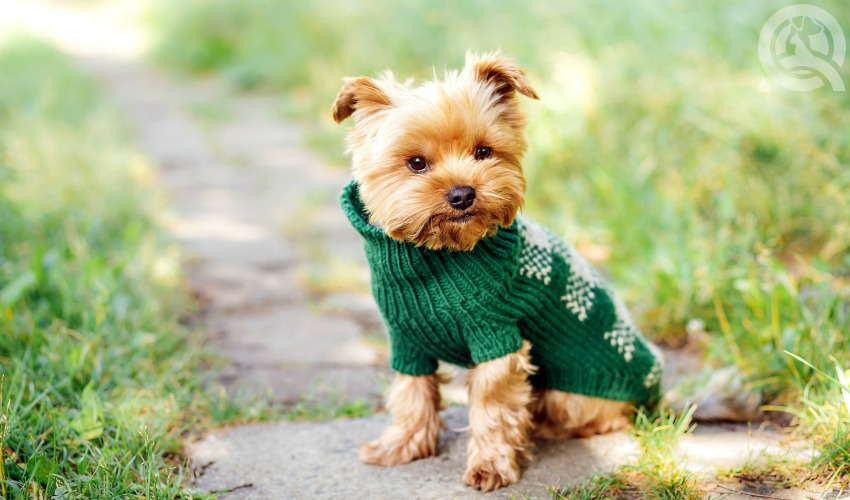
2. Jackets and sweaters
Puppies, old dogs, and short-haired breeds will likely need to have at least a sweater on when taking them out for walks. The sweater or coat should stretch from the neck all the way down to the base of the tail. If the winters aren’t quite so harsh where you live, you can forgo a coat that covers the belly and pick up a blanket coat. If wet snow is an issue, you may want to invest in a water-resistant / waterproof jacket so your dogs don’t freeze in wet coat. Always wanted to give your dog their own version of an ugly Christmas sweater? Look no further.
3. Basic maintenance grooming
You will want to hold off on clipping your dog’s coat too closely when it’s freezing outside. A dog’s natural coat can keep them warm during their walks or any short trip outside. However, this doesn’t mean that you should stop grooming them or taking them to a groomer for the next 4 months! Continue to comb through their coats regularly to rid them of mats and increase oil production for a fuller, well-conditioned coat. For their paws, trimming the hair between the pads is essential so that ice, snow, and gritty dirt don’t build up when they go for walks.
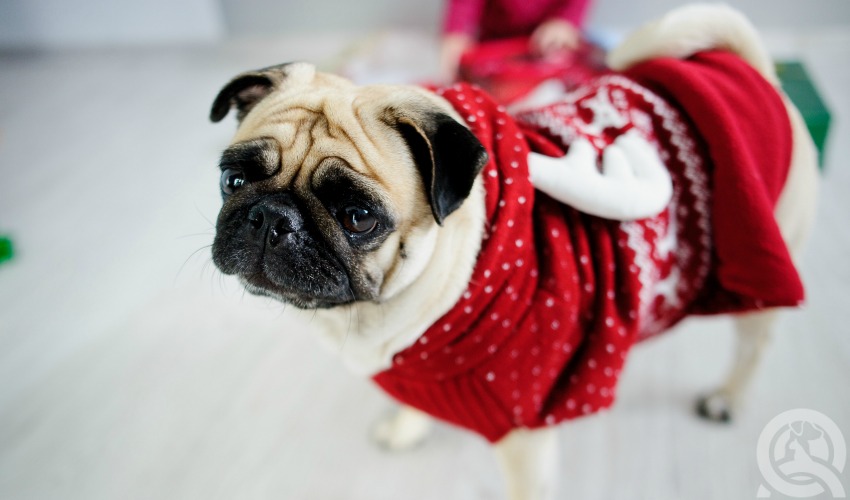
4. Booties
You probably already know how bad it can be when a dog walks outside on scorching hot pavement—their paws might burn! During the colder months, you should also take precautions with protecting their paws as well. Booties can not only keep their paws warm, thus preventing frostbite and cracking, but it can also shield their soles from irritating salts and de-icing chemicals that they could be stomping over. Even if they wear booties, it may still be wise to clean them off to get rid of those toxic de-icing and anti-freeze chemicals they may have tramped over.
5. Bedding
Unless your dog sleeps in a room with heated floors, setting them up with warm bedding a couple inches off the floor will keep them warm during the winter nights. You don’t necessarily have to pull out all the stops and buy them a heated bed, but making sure they have heaps of blankets will help them recuperate after a trip outside. To the comfort of older pets, cushioned bedding will allow them to comfortably rest their weary bones…
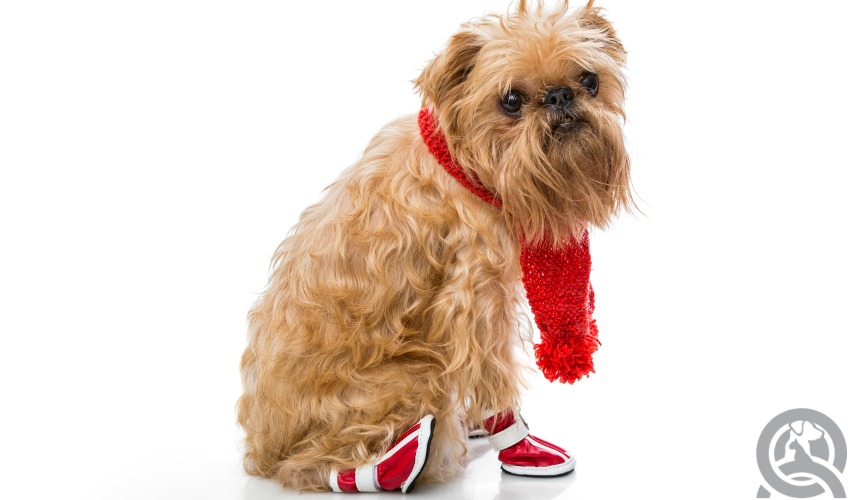
6. Hot water bottle
Hot water bottles aren’t just great for humans! They are indispensable for a dog’s aches and pains as well as keeping them warm. A good hot water bottle has a thick covering that can’t easily puncture and can stay hot for hours. When your pet’s body temperature lowers as they fall asleep, having one of these and can effectively help them stay warm. If your dog sleeps outside in a dog house, you may even consider throwing out in their shelter to maintain a steady temperature throughout the night.
7. Doghouse
If you don’t live in a particularly harsh climate or you have an outdoor dog that enjoys sleeping in a dog house, it’s best to make sure that the shelter doesn’t expose them to harsh winds and has a slopping roof on it. A smaller house will trap more heat, and you should take care to fill the space with cedar wood shavings instead of blankets. If they spend a lot of time outside, they may track in snow which will melt onto any blankets in the dog house, keeping them perpetually wet. The biggest concern for this type of shelter is making sure that their water source isn’t frozen. Make sure you’re diligent with checking on their water bowl!
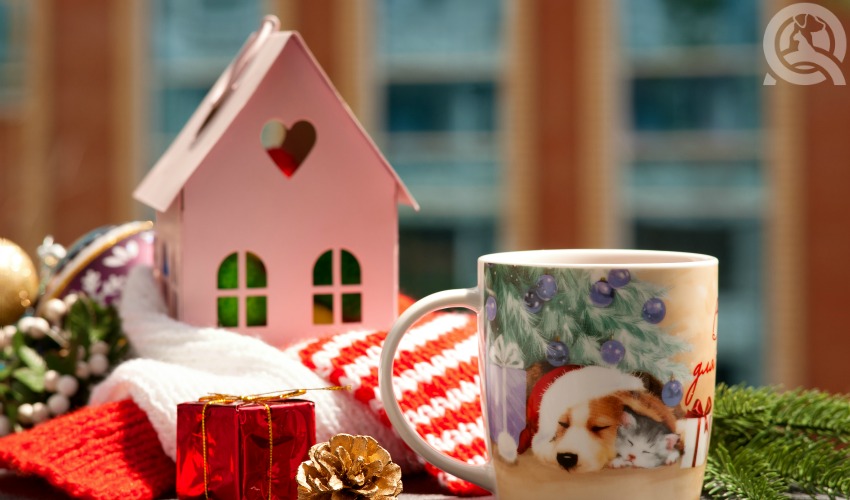
Not sure what you should be focusing on when grooming your dog? Check out this article for tips on winter-specific dog grooming!


